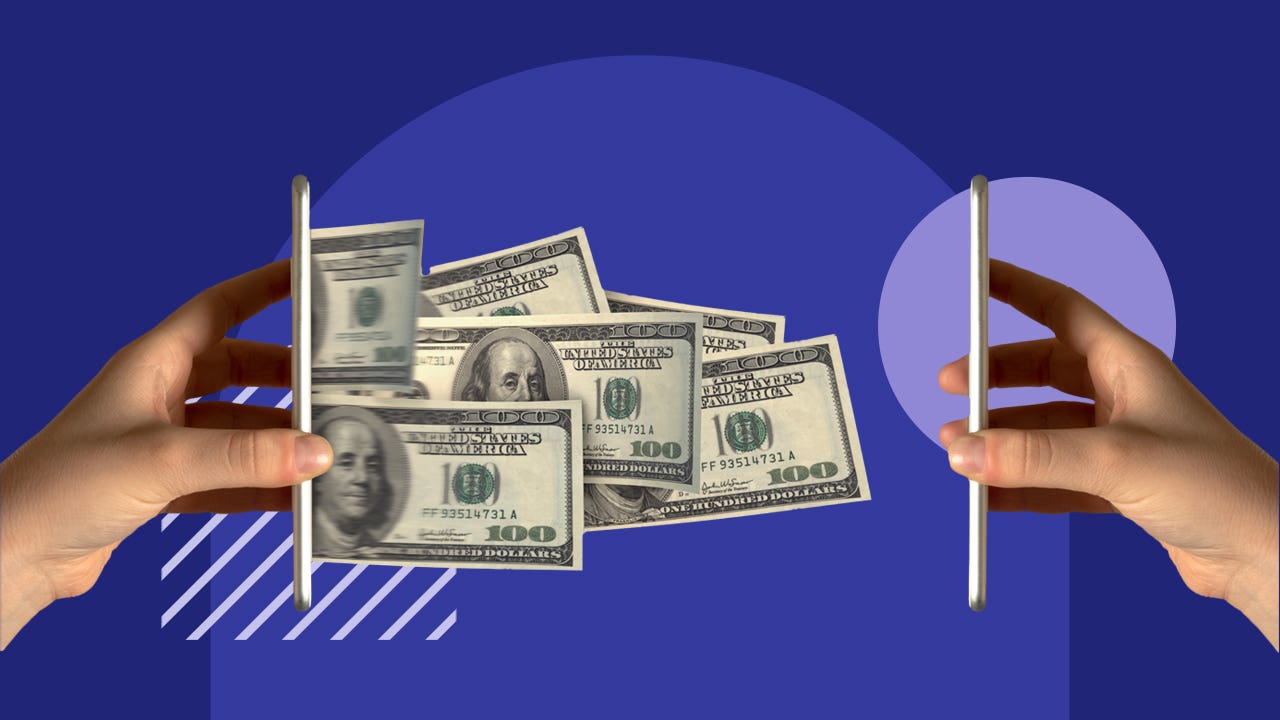How to send or request money with Zelle

Much like platforms such as Cash App and Venmo, the Zelle app lets you send and receive money using your mobile device. But Zelle has also partnered with hundreds of banks and credit unions so that you can send and receive money right from your bank account without having to use a third-party app. This further ensures that transactions will be secure.
Here’s how to use Zelle to send and receive money.
What is Zelle?
Zelle is a peer-to-peer payment platform that lets you send and receive money from family, friends and other people you trust. You don’t need to bank at the same institution as someone else to use Zelle — you only need the recipient’s email address or mobile phone number to send them money. Zelle doesn’t charge fees for these transactions, but it’s possible your bank or credit union does.
How to find out if your bank uses Zelle
Your bank’s website will typically list whether it participates in Zelle. In general, you can find this information on the mobile and digital banking section of your bank’s website, but it might also be listed under its checking account offerings.
Alternatively, you can head to Zelle’s website where you’ll find an A-Z catalog of participating banks.
How to use Zelle to send and request money
To send money through Zelle, you and the recipient need a Visa or Mastercard debit card with a U.S. based account. Sending, receiving and requesting money through Zelle is easy. First, you must enroll with Zelle. You can do this on your bank’s mobile app (if available) or through Zelle’s mobile app. If the person you send money to or request money from hasn’t enrolled in Zelle, they will receive an email or text notification prompting them to enroll. If the recipient doesn’t enroll within 14 days, the transaction will be canceled. If you were trying to send money, the payment will be returned to your account.
After you’ve enrolled, go on your bank’s or Zelle’s mobile app and add the email address or mobile number of the person you’d like to send money to or receive funds from. You can add the amount you want to send or receive and add a memo so both users will know what the transaction is for.
You’ll then be prompted to review the information before the funds are sent or the request goes through. This is a good time to double-check that you have the correct email address or phone number for the recipient, especially when sending money. If you send it to the wrong person, there’s no guarantee that you’ll get those funds back.
Each bank dictates their sending limits through Zelle, and you’ll need to contact them directly to know what that limit is. If your bank or credit union doesn’t use Zelle, your weekly send limit is $500 on the Zelle app.
Bottom line
Regardless of where you bank, you can use Zelle to send and request money securely.
Many banks partner with Zelle, allowing you to use the platform without downloading another app. If your bank uses Zelle, you can access the tool through your bank’s app to select a recipient, enter the transaction amount and add a memo. If your bank doesn’t use Zelle, you can follow the same steps within the Zelle app.
As with any peer-to-peer payment platform, confirm you’re sending money to the right person, and make sure you have the recipient’s correct information.
–Freelance writer Emily Batdorf contributed to updating this article.
You may also like

14 ways to make extra money during a recession

How to cash out your crypto or Bitcoin




